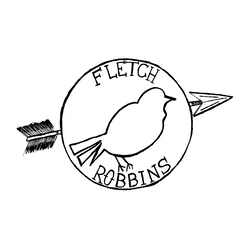One of the jewels of Ottawa's Canadian Museum of Nature fossil collection is the skull of a Spiclypeus shipporum, affectionately known as Judith. Found in the Judith River Formation in Montana, this striking crewneck sweatshirt is full of history.
- 50% combed ring-spun cotton, 50% polyester, 12.5 oz
- Double-needle stitch on armholes, cuffs, waistband and around the neck
- Side-seamed
- Rib neck and cuffs.
- Navy
Wanna know more about Judith's discovery? Thanks Wiki:
In 2000, Bill D. Shipp, a nuclear physicist, bought the Paradise Point Ranch near the town of Winifred, in Fergus County. Believing that his land contained fossils, Shipp hired the local veteran fossil collector John C. Gilpatrick to explore the terrain together. On their first trip during an afternoon in September 2005, Shipp found the Spiclypeus specimen on his land in Montana.[3] He saw a thighbone jutting out of a hillside at the Judith River Breaks. Shipp then hired the amateur paleontologist Joe Small to excavate the fossils. At the cost of several hundred thousand dollars, a road was constructed to allow an excavator to remove the overburden covering the skull of the specimen. In 2007, Small and his team managed to secure all remaining bones. The fossils were prepared in the White River Preparium at Hill City.[1] They were studied by Christopher Ott at the Weis Earth Science Museum in Menasha to provide a scientific description. Peter Larson of the Black Hills Institute made casts of the bones. These were used to make a complete skull reconstruction, missing parts being based on those of Triceratops. Of this reconstruction again casts were made, sold to several musea. During this time the specimen was informally called "Judith" after the Judith River Formation.[3] In February 2015, paleontologist Jordan Mallon was asked to cooperate in writing a scientific publication naming the taxon. The specimen was sold to the Canadian Museum of Nature for 350.000 dollar, covering Shipp's expenses.[2]
Spiclypeus contains a single species, S. shipporum, first described and named in 2016 by Jordan C. Mallon, Christopher J. Ott, Peter L. Larson, Edward M. Iuliano and David C. Evans. The generic name is derived from Latin spica, meaning "spike", and clypeus, meaning "shield", in reference to its unique frill ornamented by many large spike-like horn ossifications on its margin. The specific name shipporum honors Dr. Bill and Linda Shipp, the original owners of the type specimen, and their family.[1]




